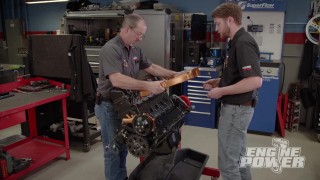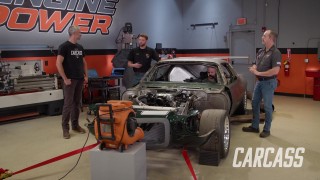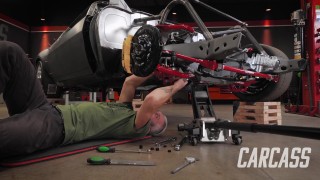This Is What Makes Your Turn Signals Click
Everyone has always wondered this. Where exactly is that noise coming from? Why does it happen?
The sound actually originated in the 1930’s and turn signals originated even earlier than that in the 20th century when people were creating unusual mechanical signals.
Old school early vehicles used what was called a “thermal style flasher” to send current to the lights. How do these work? Well, a bi-metallic spring would heat up as soon as the turn signal was activated. The two metals that the spring was comprised of had different thermal expansion coefficients, which made the metal strip want to bend and contort from the original shape.
As the strip received current, it would heat up and bend to eventually make contact with another terminal, which would complete a circuit and send current to the turn signal lights. It would then cool down, straighten out, and make contact with the original terminal, only to start the cycle all over again.
The constant cooling down and heating up of the metal strip is what creates the “click” noise.
Another style of turn signal flashers is the electronic relay style system. These use a little chip to send a pulse to an electromagnet relay. The electronic relay style system is explained and examined in this video.
Modern cars a bit different, using on-board computers that send a signal to turn the lights on and sometimes, using a silent solid state relay instead. The sound would either be simulated through the speakers or there’s a relay underneath the dash.














